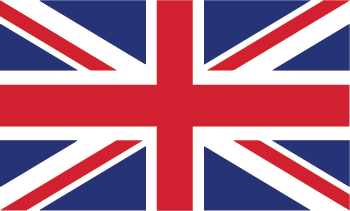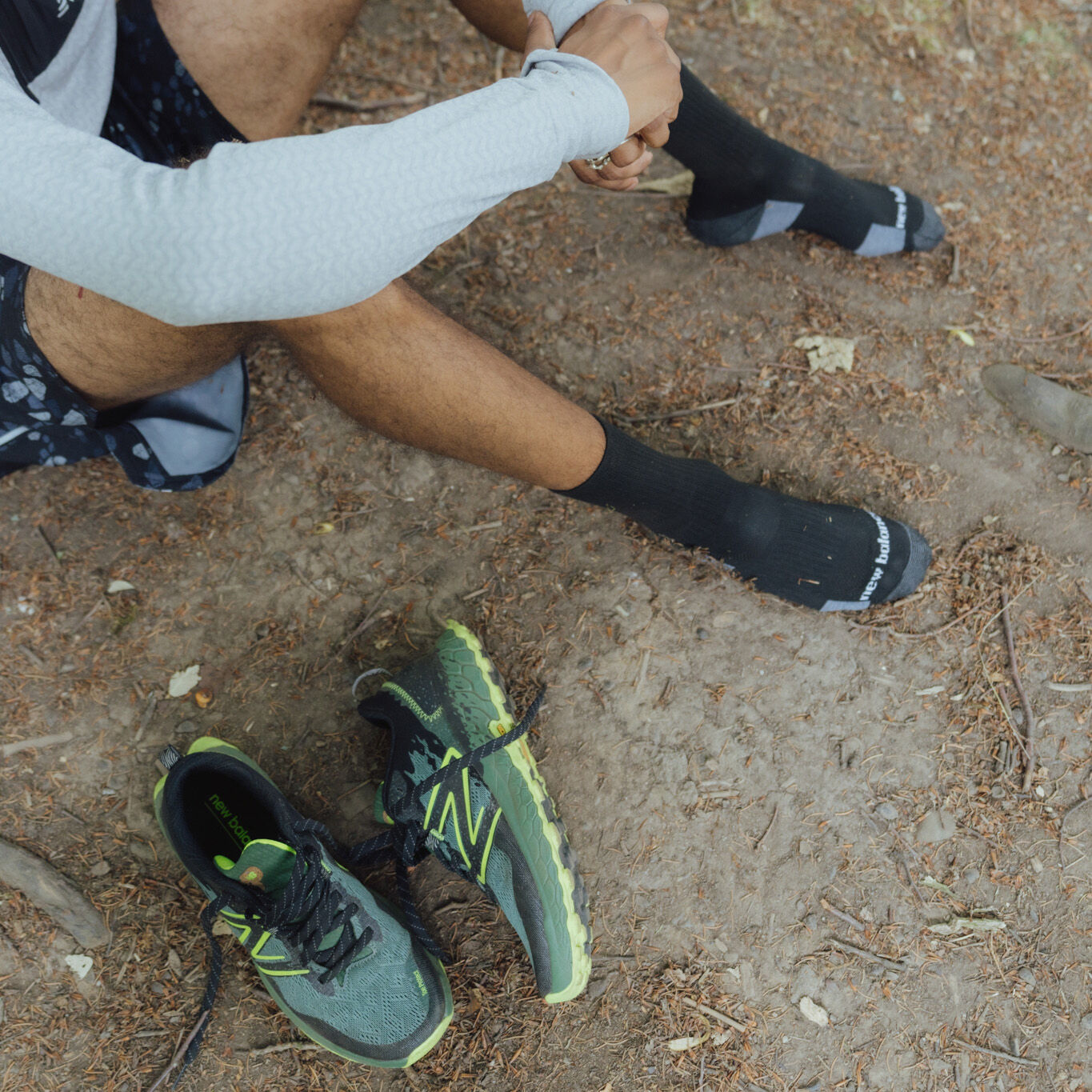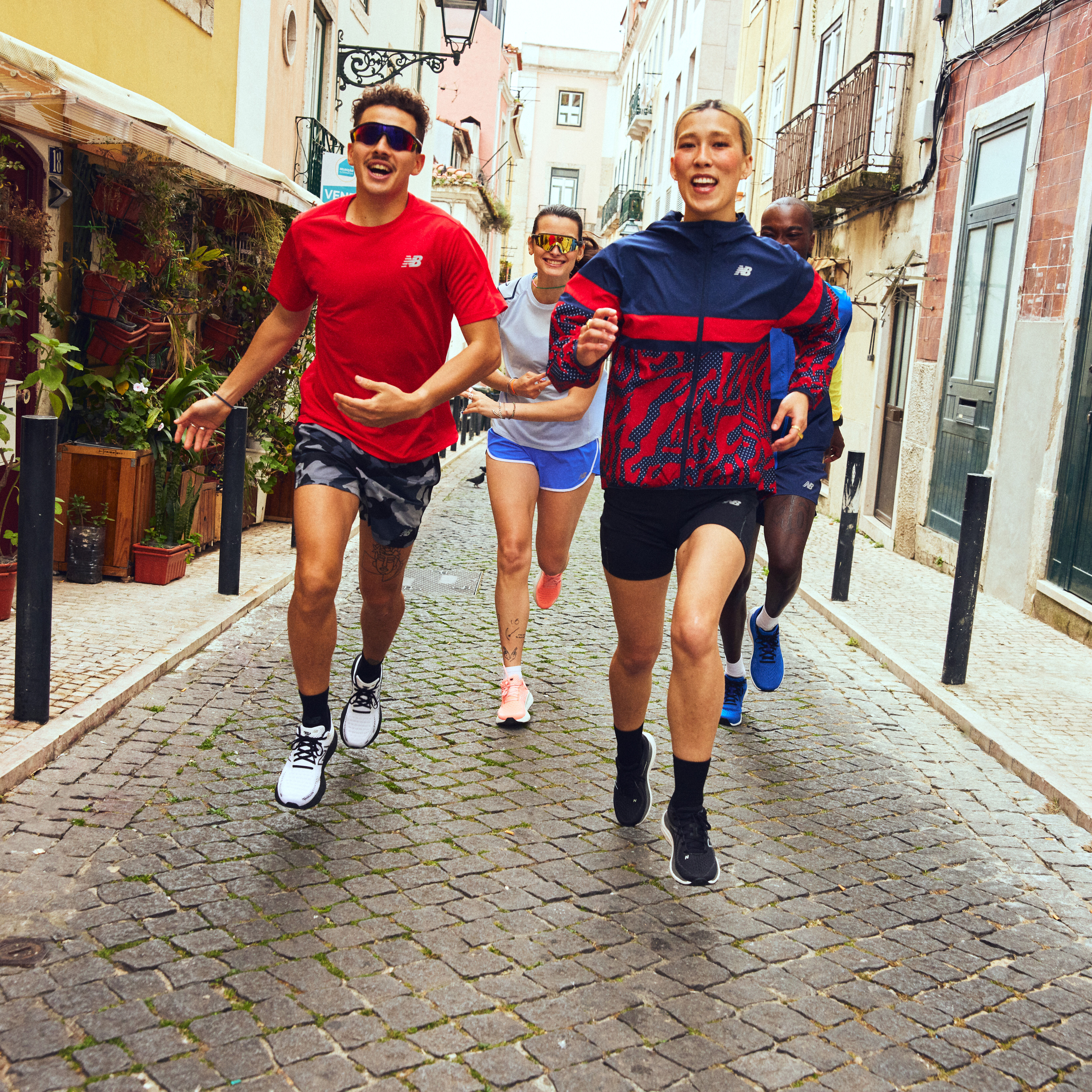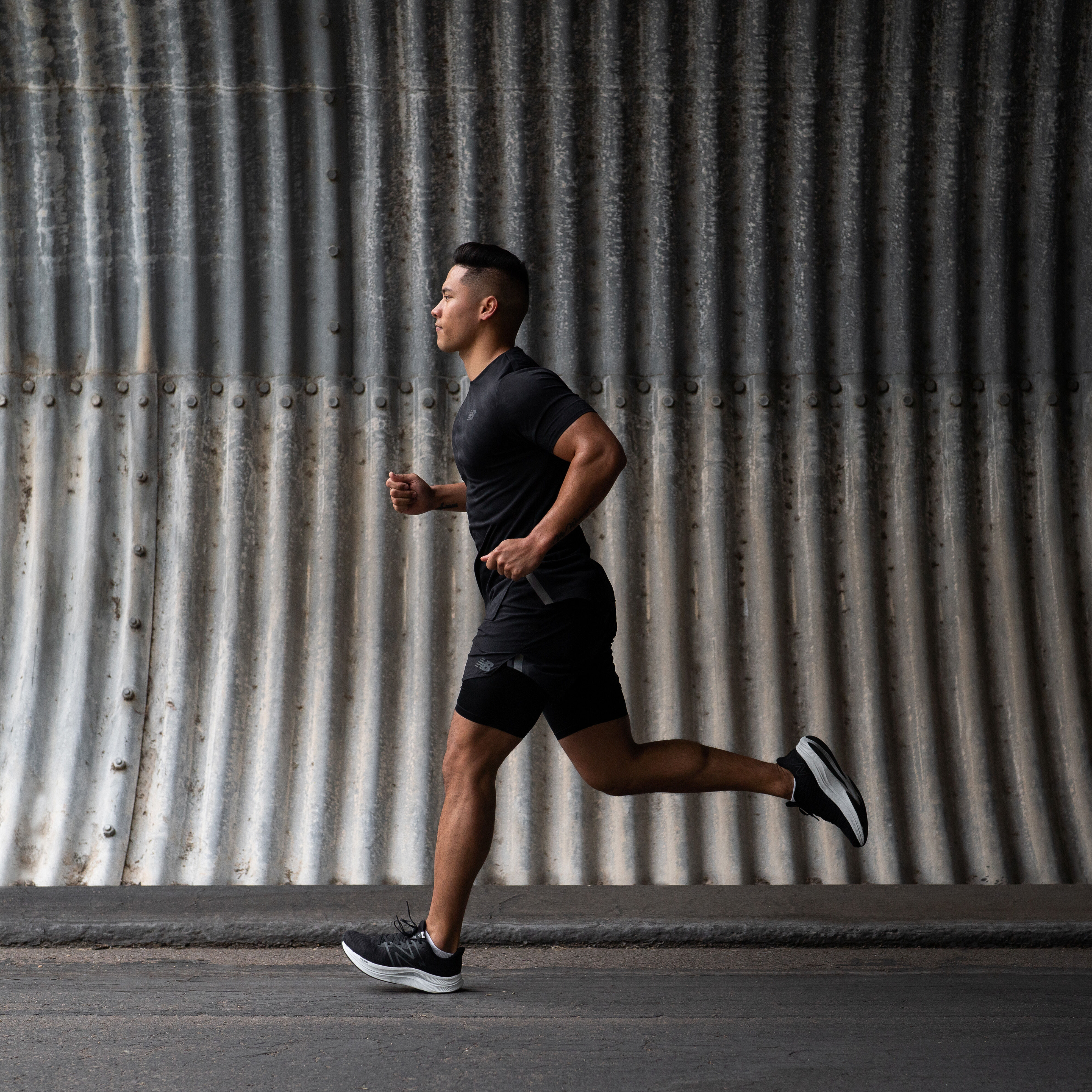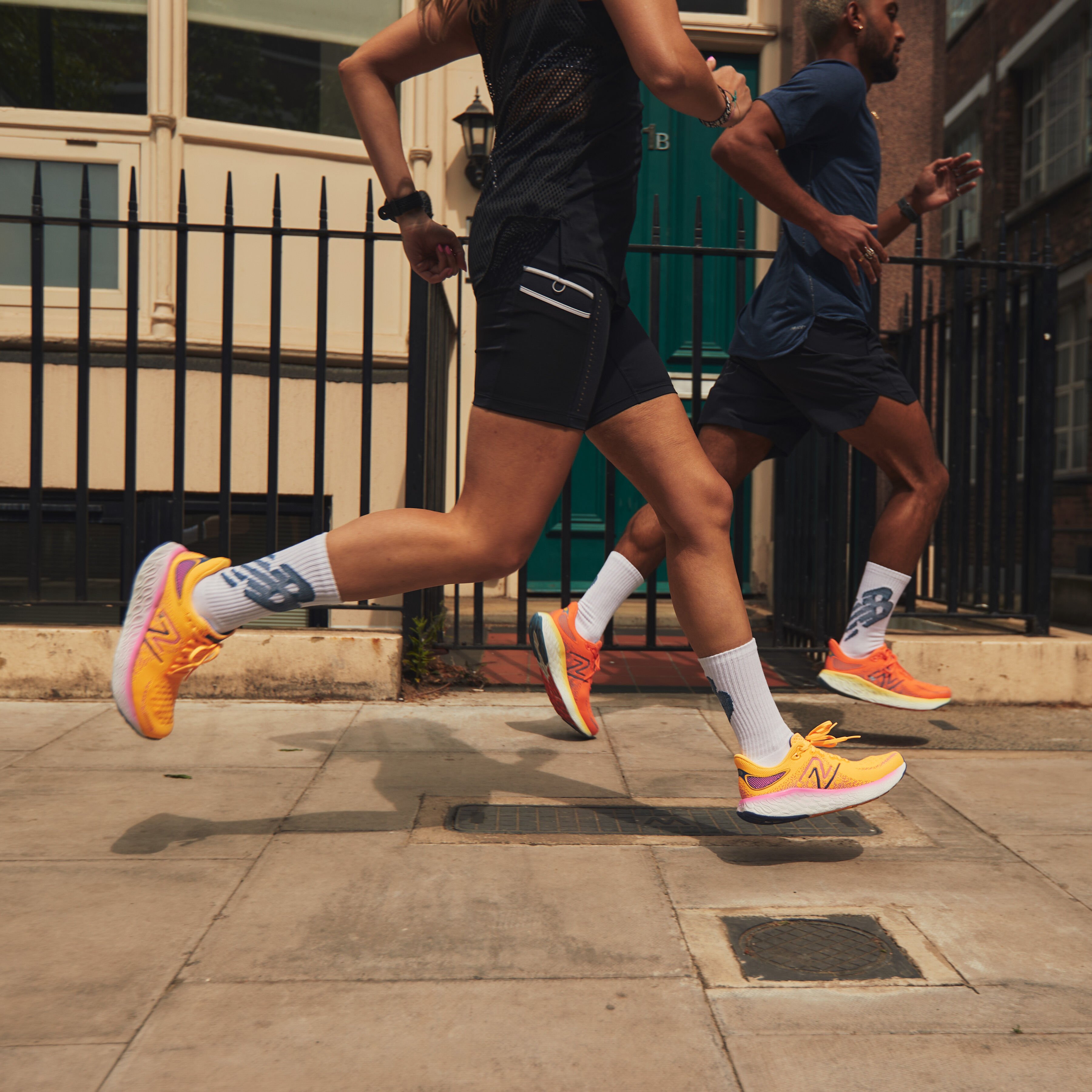
What is chafing?
Chafing is a common skin problem caused by continual rubbing on the skin. Repetitive friction, moisture and irritating fabrics are likely to be contributing factors so it’s easy to see why repetitive exercises like running can create the perfect conditions for a chafing rash to occur. In most cases chafed skin develops a mild, reddish rash but more severe cases can lead to swelling, bleeding, or crusting.
Certain parts of the body tend to be chafing hot spots, especially among runners. Chafed inner thighs are a particularly common complaint, as is nipple chafing. In most cases these hot spots are problematic for runners because they are often subject to ongoing friction. So the solution is quite simple – if you kit yourself out with the right clothing, chafing is much less likely to happen. Our running gear features a great choice of performance clothing that’s designed to optimise comfort over the course of long exercise sessions and prevent chafing for runners.
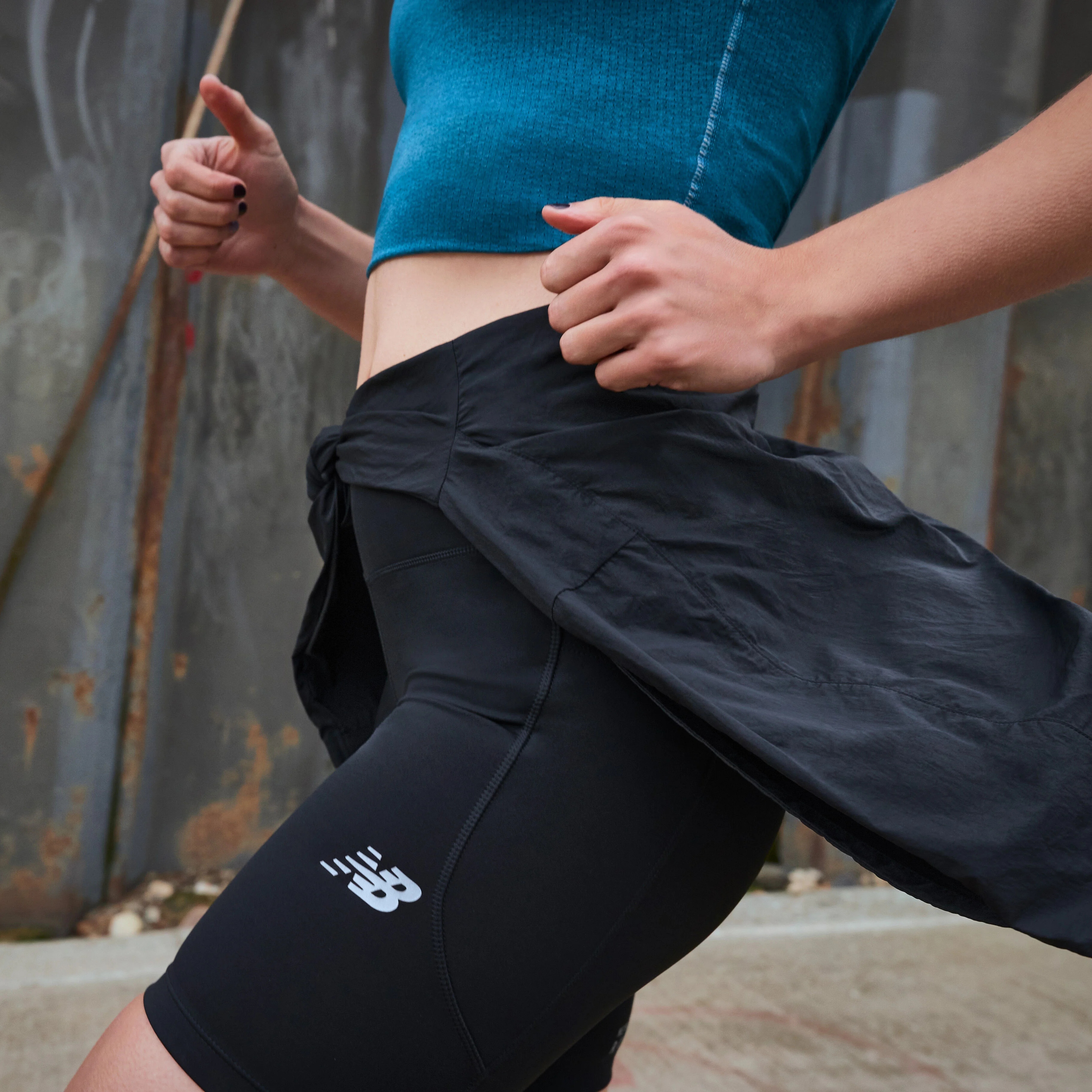
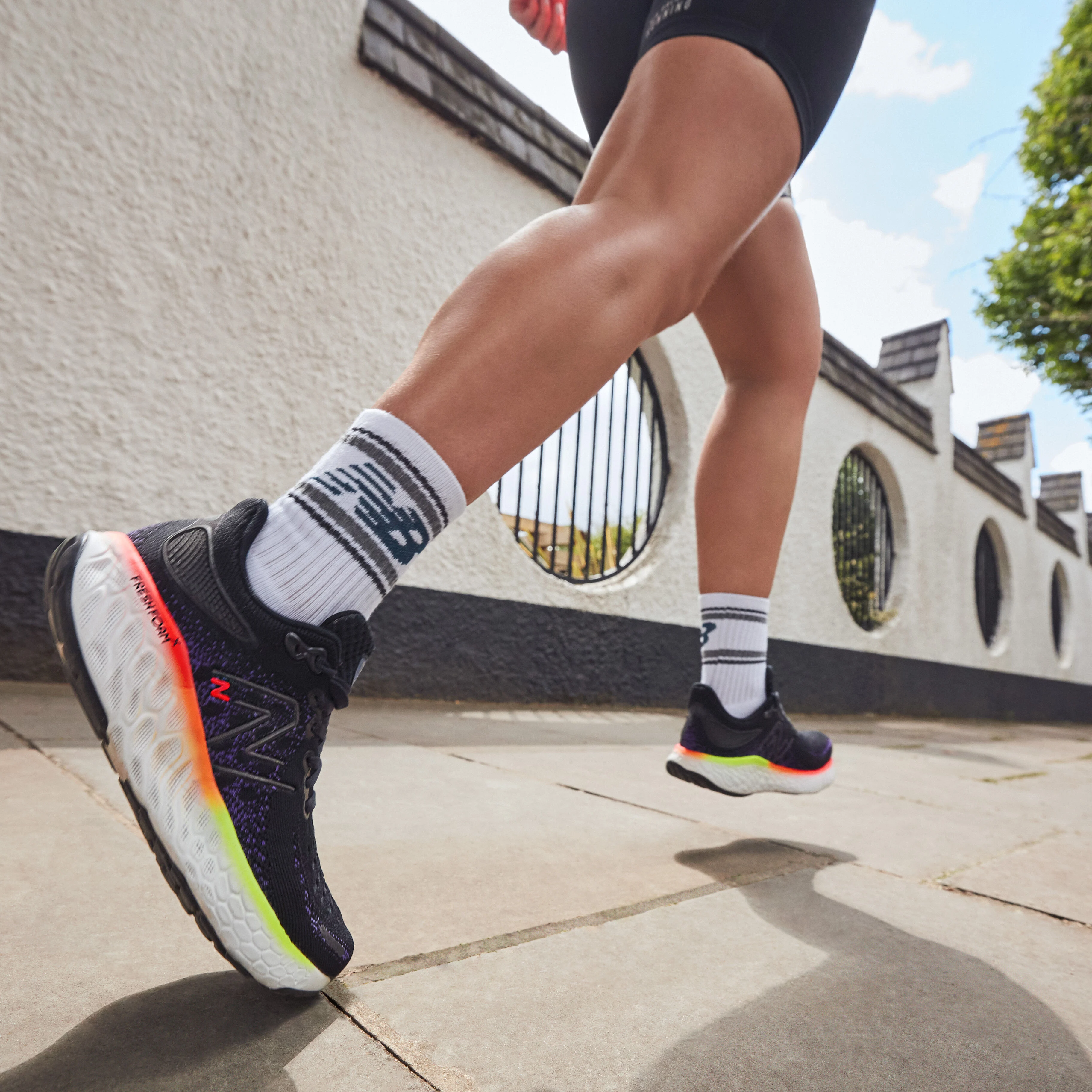
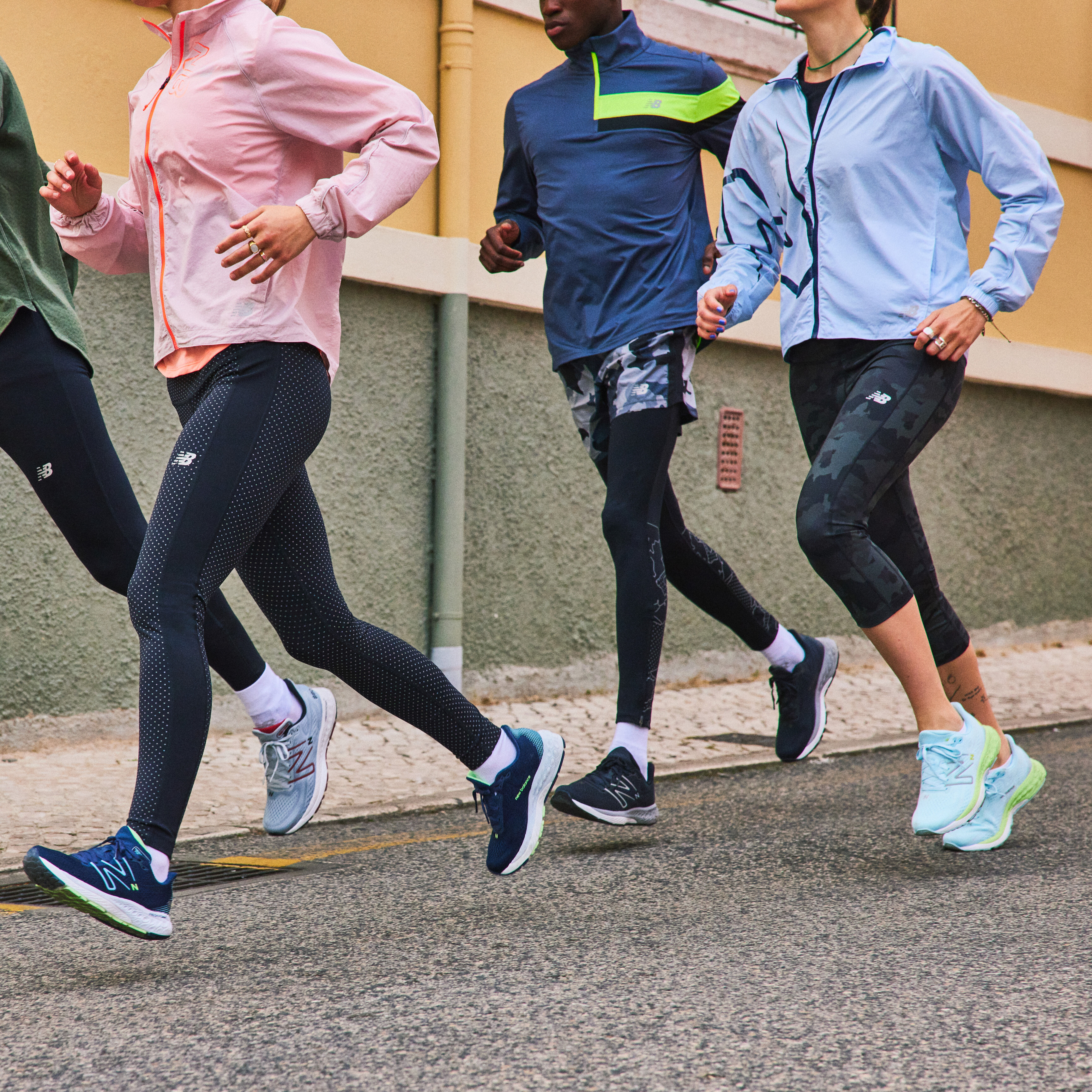
How to prevent chafing
If skin can glide smoothly throughout your run the risk of friction should be reduced – so try applying a moisturising cream or lotion to the problem areas before you set out. Sweat tends to make chafing worse, so any measures you can take to prevent sweat from building up are worth trying. Antiperspirants can help to nip sweating in the bud and it’s worth looking for moisture wicking clothing that ‘breathes’, allowing sweat to evaporate off your skin as you exercise.
Check out our women’s and men’s running tights to explore a selection of breathable running trousers and tights that will help to prevent sweat from accumulating in those chafing hot spots.
Anti-chafing shorts and leggings
Thigh chafing can occur all too easily if you set out on a run in the wrong shorts or tracksuit bottoms. Ultimately, it’s important to realise that not all sports gear is equal – if you’re intending to spend a lot of time running you need to make sure you’re wearing shorts or leggings that are specifically tailored for job. Our women’s and men’s running shorts are designed to prevent irritation around the inner thighs.
Anti-chafing underwear
Wearing the wrong underwear when running can also be an aggravating factor. It’s particularly important to find a sports bra that fits well. Again, you’re aiming to prevent friction, so a high support sports bra that provides support and structure while staying in place throughout a workout is ideal.
Longevity should also be a consideration – if a bra’s fit changes and becomes either looser or tighter, the threat of chafing will increase. Look for adjustable sports bras that won’t loosen over time.
Well-fitting sports shoes & socks
Most runners will have experienced the swiftly escalating agony of a blister at some point. What starts off as a gentle irritation at the beginning of a run can quickly develop into intolerable soreness. Like all chafing, blisters are a product of persistent rubbing against the skin.
The most common cause of blisters is ill-fitting shoes or socks that allow friction to aggravate the skin, so the best preventative solution is to find sports shoes and socks that fit well and are designed to reduce the
chances of a blister forming. Making sure you’re wearing the right shoe size (check out the New Balance shoe size chart) sounds obvious but you’d be surprised how many people are wearing the wrong size.
Proper running shoes and sports socks will help to reduce the risk of chafing. In fact, kitting yourself out with proper running shoes and clothing is never a bad idea if you plan to run regularly. Even seemingly minor considerations, like buying a decent pair of men’s or women’s running socks, can make all the difference.
How to heal chafing?
Our first tip for anyone suffering chafing is guaranteed to be unpopular with keen runners: stop running! If you notice your skin is starting to feel irritated due to rubbing it really is best to call it quits before it gets worse. This might be frustrating but there’s no sense in continuing to aggravate chafed skin, it will only get worse and take longer to heal.
When you get home it’s best to avoid hot water, which will likely aggravate any pain you’re feeling in the affected area, so go for a lukewarm shower. Then gently pat the chafed skin dry and apply antibacterial ointment to soothe and protect the skin. If you wear loose clothing and let the skin breathe, mild chafing will probably take a couple of days to heal.
